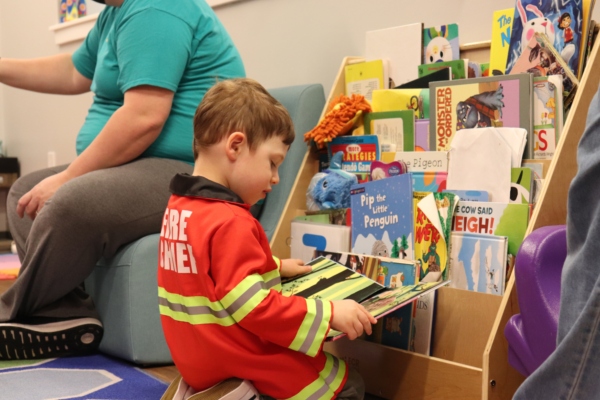Written by Olivia Liam for Helping Hands Family
Today, there is a growing number of diagnosed autism spectrum disorder (ASD) cases. The CDC reports that ASD is diagnosed in about 1 out of 44 children in the United States. Although ascertaining ASD in children is based on a set of metrics, how each child experiences autism is different. Language development is one common area they have trouble with. Maryville University explains that language acquisition may be delayed if children are born with biological problems like ASD. These delays can manifest in speech and language disorders, like difficulty in pronunciation, volume, or rhythm when speaking.
Many children are enrolled in Applied Behavior Analysis (ABA) therapy to address their language development challenges. ABA therapy explores the learning process, behavior theory, and the effects of surrounding environments on the child’s behavior. This facilitates a better understanding of what stimuli may affect your child’s behavior, and this information leads to individualized and adaptable treatment plans. Here are 3 ABA strategies that can help with language development.

Positive Reinforcement
One of the most critical features of ABA is the use of positive reinforcement. A study from the University of Pittsburgh on behaviors linked to ASD found that difficulty in linguistic expression may cause troublesome reactions in kids. Positive reinforcement helps discourage these behaviors by adding a stimulus your child favors to encourage the repetition of the desired behavior.
When applied to language, ABA can help kids learn to use words to communicate what they want instead of resorting to tantrums or other non-verbal behaviors. Our article ‘How to Incorporate the Lessons from Your ABA Specialist Into Your Household’ suggests that you integrate positive reinforcement into your household as well. This can boost the effects of this strategy by fostering continuous learning, even at home.
Naturalistic Teaching
This is one common strategy used in ABA therapy. Naturalistic teaching relies on teaching children within the context of their own interests or activities. The teacher follows the student as they go about in a setting that is natural to them. The teacher then acts as a mediator that offers feedback or coaching when learning opportunities arise. By allowing the student to take control of the pace of their learning, they can benefit from a highly individualized learning plan.
Naturalistic teaching assumes the natural language paradigm (NLP) when applied to language. NLP aids learning by structuring the environment to offer more opportunities for the child to use language skills. For instance, a child may be drawn to specific colors or objects. This heightened interest may serve as an avenue to teach them the words that correspond to those items. Children can benefit from skill generalization by doing this in an environment that is natural to them. This means they can apply what they learned in contexts beyond the classroom.
You can emulate NLP techniques at home by arranging your environment in a way that attracts your child’s interest. By connecting with them through the activities or objects they like, you’ll have more opportunities to provide coaching or feedback.
Visual Support
Since visual support can come in the form of pictures or objects and can communicate choices, opinions, requests, and more, they can help children who have difficulty communicating through language. They are not only helpful in nurturing language comprehension but can help children better express themselves verbally.
This is because visual supports allow children to make the connection between the concrete objects and the words that are associated with them. Such support can help them form connections between meanings. When they are taught how to verbalize these words, the knowledge is reinforced by a firm understanding of the connected meanings.
Language is a critical component of a child’s development. By understanding how these ABA strategies help them, you can understand better how to help your child communicate and develop their language skills.





